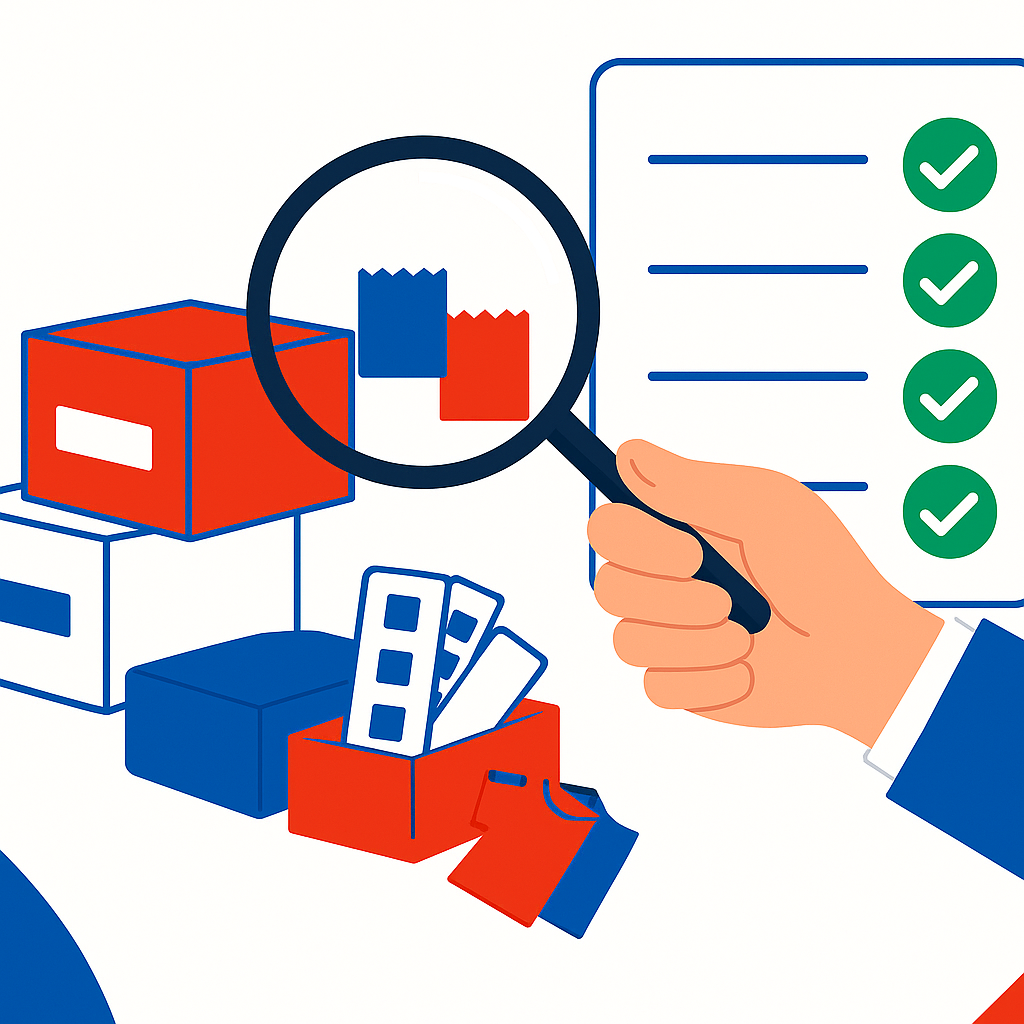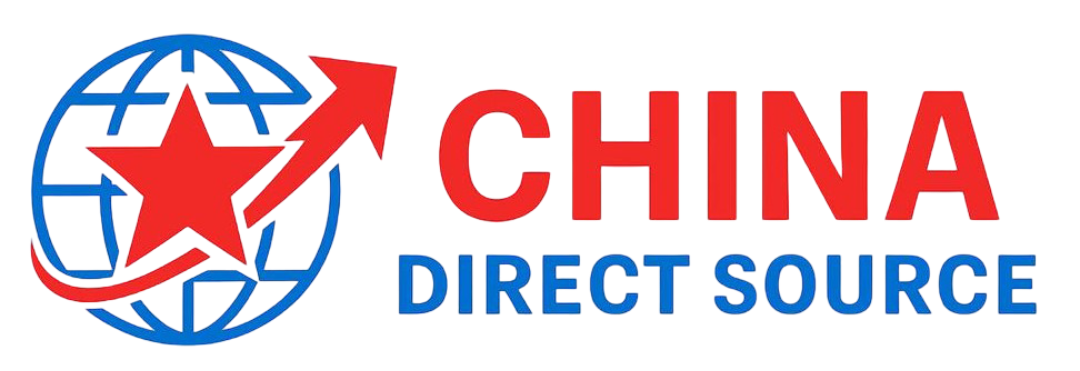If you’ve ever imported products—whether from China, Vietnam, or closer to home—you know the supplier can make or break your business.
A reliable supplier means:
✅ Consistent quality
✅ On-time delivery
✅ Fair pricing and transparency
✅ Fewer disputes and hidden costs
But get it wrong? You risk:
❌ Missed deadlines
❌ Faulty products and returns
❌ Damaged customer trust
❌ Legal or compliance problems
The truth is, finding reliable suppliers isn’t luck—it’s a process. In this guide, I’ll walk you through that process step by step, from defining your requirements to building lasting partnerships.
Step 1: Define Your Supplier Requirements Clearly
Before you go hunting for suppliers, you need to know exactly what you’re looking for. Too many importers skip this step and end up wasting time talking to the wrong people. Here’s what to define:
- Product Specifications: Be as specific as possible—materials, dimensions, tolerances, finishes, packaging, labeling. If your product requires certifications (e.g., CE, RoHS, FDA, ISO), list them clearly.
- MOQ (Minimum Order Quantity): Many factories in China and other markets will have minimums. Decide what you can realistically purchase without over-stocking.
- Quality Standards: Decide upfront what defect rate you will tolerate. For example, an AQL (Acceptable Quality Level) of 2.5% may be fine for some goods, but too high for medical or industrial products.
- Lead Times & Logistics: How soon do you need delivery? Will you accept sea freight (cheaper, slower) or do you need air freight? Define your Incoterms (FOB, CIF, DDP, etc.) too.
- Compliance: Check import regulations in your country. For example, toys need safety testing; electronics need certifications like CE, UL, FCC.
💡 Pro Tip: Put all of this into a specification sheet. A good spec sheet helps you compare suppliers apples-to-apples and avoids miscommunication.
Step 2: Search Methodically for Supplier Candidates
Once you know your requirements, it’s time to start the search. There are many sources:
- B2B Marketplaces: Alibaba, GlobalSources, Made-in-China. Great for initial searches but be wary of middlemen.
- Trade Shows & Fairs: Canton Fair (China), Global Sources (Hong Kong), local industry expos. Meeting face-to-face builds trust faster.
- Industry Directories: Specialized directories often pre-vet suppliers.
- Referrals: Ask peers, networks, or sourcing agents.
- Sourcing Companies: Companies like China Direct Source (👋) maintain verified supplier networks, saving you time and risk.
When you shortlist candidates, collect key info: company name, location, years in operation, product lines, certifications, and a contact person.
Step 3: Do Initial Vetting & Desk Research
Now comes the due diligence stage. This is where you weed out unreliable suppliers. Checklist for initial vetting:
- Verify Business Licenses: Ask for registration numbers, check against government databases.
- Check Financial Health: How long have they been operating? Do they have stable credit?
- Review Certifications: Ensure ISO, CE, FDA, RoHS, or other claims are genuine (verify with issuing bodies).
- Online Reputation: Look for reviews, complaints, lawsuits.
- Factory Photos & Videos: Do they look legitimate, or like stock photos?
- Communication Test: How fast and clearly do they respond?
Suppliers who are cagey about documents or delay communication = 🚩 Red flag.
Step 4: Request & Test Samples
Never, ever skip the sample stage. Here’s why samples matter:
- They let you verify product quality against your spec sheet.
- You can test durability, finish, packaging, and functionality.
- They help you compare multiple suppliers side by side.
What to do:
- Order samples from at least 2–3 suppliers.
- Test them yourself and, if needed, send them to a lab.
- Create a “golden sample” — the version that meets all your requirements. This becomes the standard for all future production.
💡 Pro Tip: Always ask for production samples, not just showroom pieces. Showroom samples may be higher quality than what they can deliver in bulk.
Step 5: Audit & Inspect Factories

If you’re making a serious order (say $10,000+), invest in an audit.
- Desktop Audit: Review documents, certifications, and photos.
- Virtual Tour: Many suppliers offer video walk-throughs now.
- Third-Party Audit: Hire inspection agencies (like SGS, Bureau Veritas, QIMA) to visit the factory and report back.
- On-Site Visit: Best option if budget and travel allow.
Audit Checklist:
- Production capacity & machinery condition
- Worker conditions & compliance with labor laws
- Quality control processes (in-line and final inspection)
- Past client references
This step alone saves importers from disaster—many factories cut corners when they think no one’s watching.
Step 6: Negotiate Terms & Contracts
Once you’ve chosen a supplier, it’s time to get everything in writing. Points to negotiate:
- Pricing & Payment Terms: Typical structure is 30% deposit, 70% on shipment. Negotiate better terms as trust grows.
- Delivery Schedules: Include penalties for late shipments.
- Quality Assurance Clauses: Define defect thresholds, inspection rights, rework responsibilities.
- Packaging & Labeling: Make sure your brand standards are followed.
- Shipping Terms: Decide who handles customs, insurance, duties.
Always use Purchase Orders (POs) and, if possible, a formal Supply Agreement. Handshake deals = risky.
Step 7: Monitor Supplier Performance Continuously
Finding a good supplier is just the start. You need to keep them accountable. Key metrics to track:
- On-time delivery rate
- Defect rate (AQL results)
- Communication responsiveness
- Consistency between batches
Use regular QC inspections (pre-shipment and sometimes in-line). Share issues openly so they can correct course.
💡 Pro Tip: Create a Supplier Scorecard with these metrics and review quarterly. Suppliers respect buyers who treat them like partners but expect accountability.
Step 8: Build Long-Term Relationships

The best importers don’t just switch suppliers constantly; they build partnerships. Ways to strengthen supplier relationships:
- Pay invoices on time.
- Be respectful and clear in communication.
- Offer repeat business and forecasts.
- Visit occasionally to show commitment.
- Recognize their efforts when they perform well.
A supplier who trusts you will prioritize your orders, offer better terms, and be more flexible in emergencies.
Common Pitfalls (and How to Avoid Them)
| Mistake | Why It Happens | How to Avoid |
|---|---|---|
| Choosing the cheapest quote | Supplier uses low-grade materials | Compare samples, request proof of materials |
| Miscommunication over specs | Vague descriptions, no visuals | Always use a detailed spec sheet + golden sample |
| Ignoring compliance | Fake or expired certificates | Verify with issuing bodies, use 3rd-party testing |
| Late shipments | Supplier overcommitted | Check production capacity, include penalties |
| Poor QC | No inspections | Always do pre-shipment inspections |
Conclusion: Reliable Suppliers Are Built, Not Found
The process may seem long, but every step protects your business. Skipping even one stage—samples, audits, contracts—can lead to costly mistakes.
Finding reliable suppliers isn’t about luck. It’s about:
✔️ Clear requirements
✔️ Careful vetting
✔️ Strong contracts
✔️ Ongoing monitoring
✔️ Building trust over time
At China Direct Source, we specialize in connecting businesses with pre-vetted, reliable suppliers in China. From audits to QC inspections to logistics, we handle the heavy lifting so you can focus on growth.
